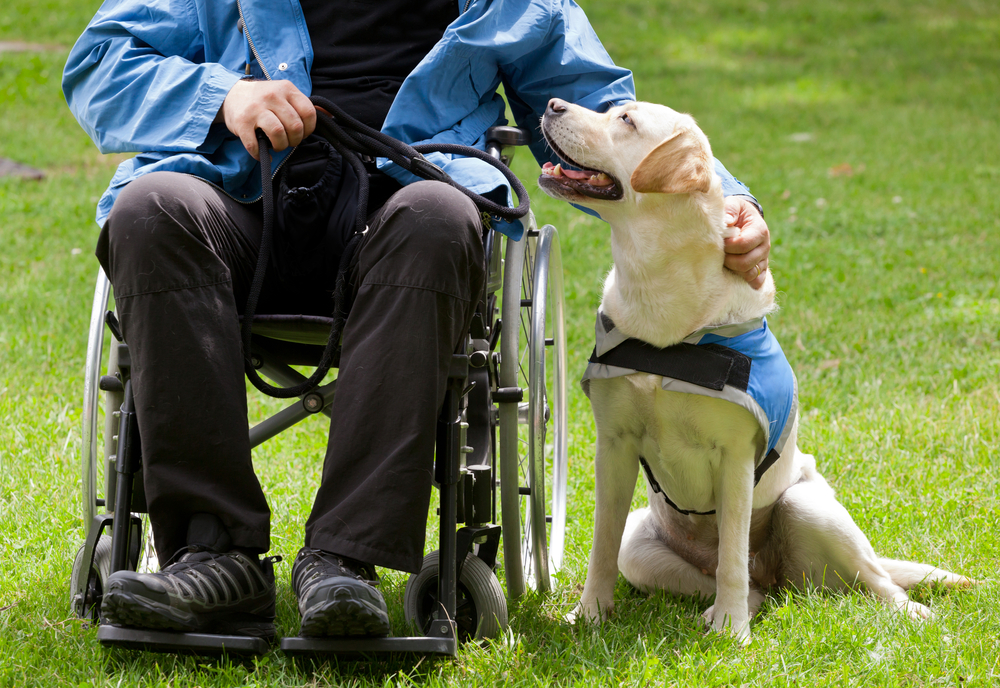Understanding the Myriad Benefits of Pet-Assisted Therapy
The world of animal companionship has witnessed remarkable developments in the last few decades. One such advancement is the rise of pet-assisted therapy as a powerful tool for rehabilitation and emotional healing. This article delves into the evolution, current state, and future prospects of this fascinating approach to therapy.

A Journey Through Time: The Emergence of Pet-Assisted Therapy
Pet-assisted therapy, also known as animal-assisted therapy, has its roots in ancient times, but it gained widespread recognition in the 20th century. The early 1960s saw American child psychologist Boris Levinson accidentally discover the therapeutic effects of his dog on his young patients. His findings sparked interest in the medical and psychological communities, leading to extensive research on the subject. Today, therapy animals are a common sight in hospitals, nursing homes, and rehabilitation centers worldwide.
The Healing Power of a Furry Friend: How Pet-Assisted Therapy Works
The premise of pet-assisted therapy is simple yet profound: interaction with animals can offer significant therapeutic benefits. Animals, especially dogs, cats, and horses, provide unconditional love, companionship, and a unique form of communication that can aid in the healing process. Research confirms that pet-assisted therapy can lower blood pressure, reduce stress and anxiety, stimulate memory in dementia patients, and even improve motor skills in individuals recovering from stroke or surgery.
Impactful Paws: Current Trends in Pet-Assisted Therapy
As the benefits of pet-assisted therapy continue to unfold, innovative applications are emerging. Schools are introducing therapy dogs to help students deal with stress and anxiety. Prisons are implementing programs where inmates can train and care for dogs, contributing to rehabilitation and reducing recidivism rates. Even workplaces are acknowledging the positive impact of pet visits on employee wellbeing and productivity.
A Priceless Connection: The Economics of Pet-Assisted Therapy
While the cost of pet-assisted therapy can vary depending on the program and location, the benefits undoubtedly outweigh the expenses. Insurance companies are beginning to recognize the value of such therapeutic interventions, contributing to their affordability. The therapy animal industry is expected to grow significantly in the coming years, indicating a promising future for this therapeutic approach.
Looking Ahead: The Future of Pet-Assisted Therapy
As research continues to underscore the benefits of pet-assisted therapy, its acceptance and application are set to widen. Technological advancements may also contribute to the field, with possibilities like virtual reality animal therapy on the horizon. However, the crux remains the same: the powerful bond between humans and animals that can transcend barriers and foster healing.
In conclusion, pet-assisted therapy offers a unique and impactful approach to therapy. Its historical origins, current applications, and future prospects make it an intriguing topic worthy of further exploration. As we continue to understand and appreciate the profound bond between humans and animals, pet-assisted therapy will undoubtedly continue to evolve and shape the landscape of therapeutic interventions.





